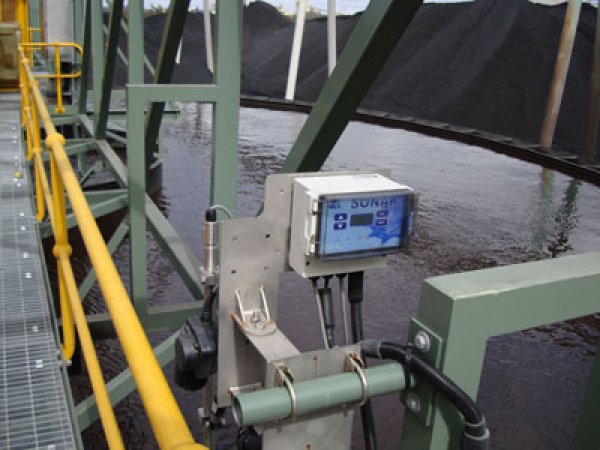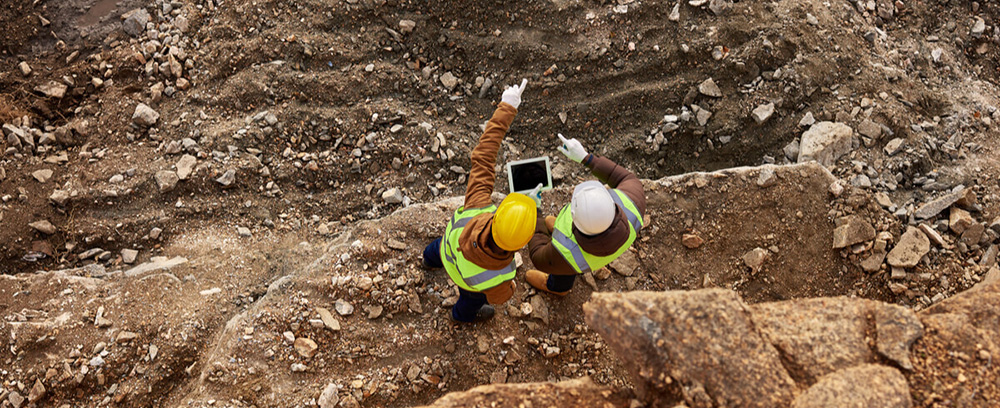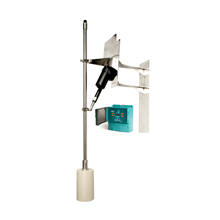Application Conditions:
Suspended solids, Interface process conditions change with different Ore bodies, clay in suspension, and build-up on transducer.
Tailings Thickener Level Control Technology
Pressure transmitter, Rake Torque, Sonar Transmitter
Tailings Thickeners are extremely important, to the efficient operation of Concentrators, Coal Preparation Plants, and other mining and mineral industry applications. Tailings Thickeners are used to settle out suspended solids and return the clear water to the process. If the return water to the process has high suspended solids loading, then it can affect the performance of the plant.
In most cases settling the Thickener, under these conditions, requires the process plant to reduce production, which will decrease the water flow to the Thickener and in turn, increase the retention rate within the Thickener. This hydraulically allows a greater settling out of solids, which in turn will allow the process plant to once again increase production. Pressure transmitters (Bed Pressure transmitters) are affected by density change and therefore cannot be used for control purposes. Rake Torque from the scraper also works on total load and is affected by density and therefore cannot be used to control bed level. The displacement float sticks and suffers from build-up. The Sonar Acoustic transmitter can be calibrated to work with two different densities. We can track the Compact Bed Level to control the underflow pump. We can also track a lighter density within the interface column that when affected by a settling problem within the Thickener will rise hydraulically upwards towards the launders. By tracking the two densities in a PLC, or DCS, we can determine when settling problems are starting to occur within the Thickener. We can also determine when flocculant dosing has failed. Setting problems occur within the Thickener when Ore bodies are changed in the process. One of the biggest problems with an efficiently operating Tailings Thickener is the lack of automatically dosing the flocculant, to compensate for changing settling conditions.




